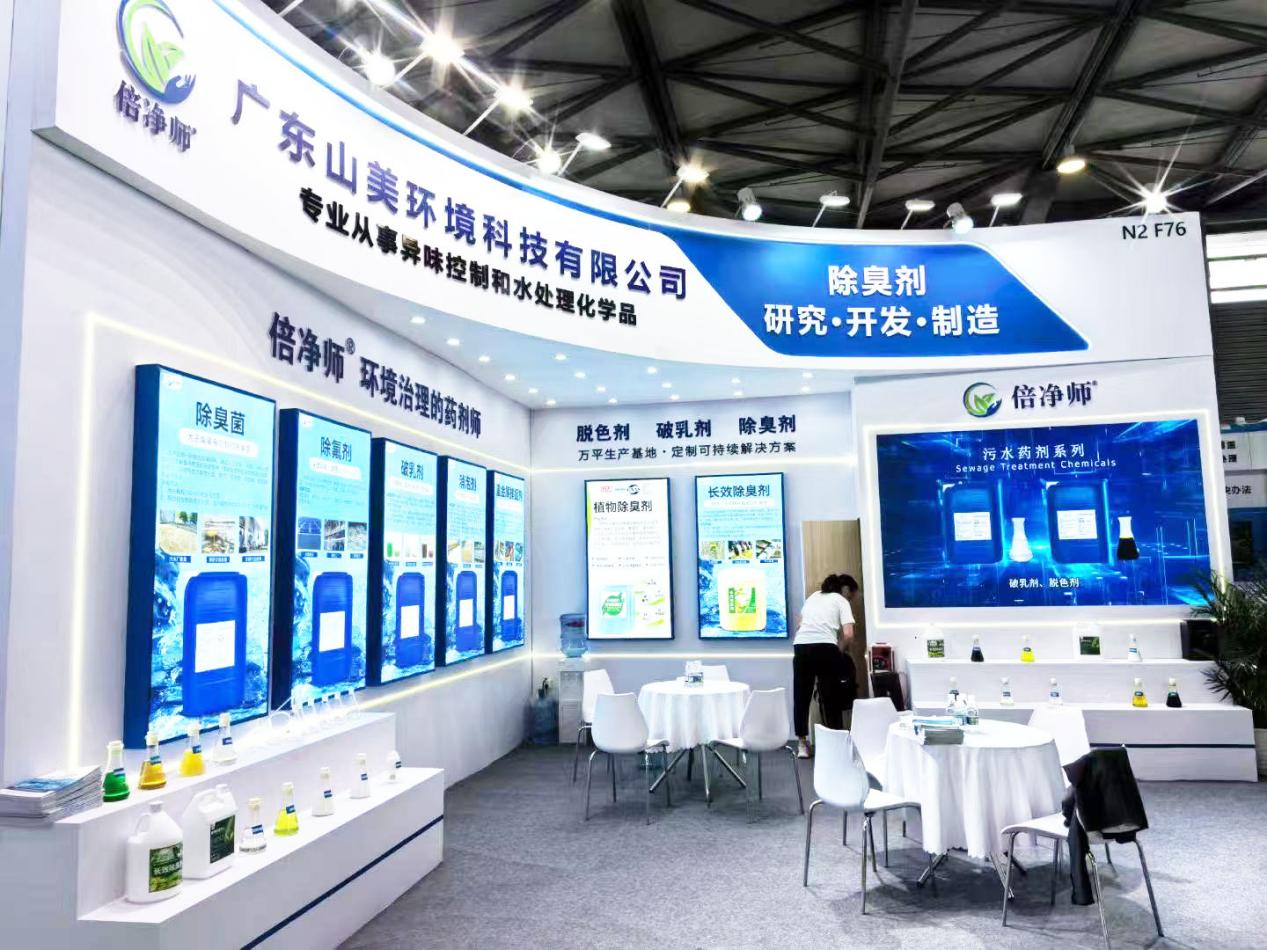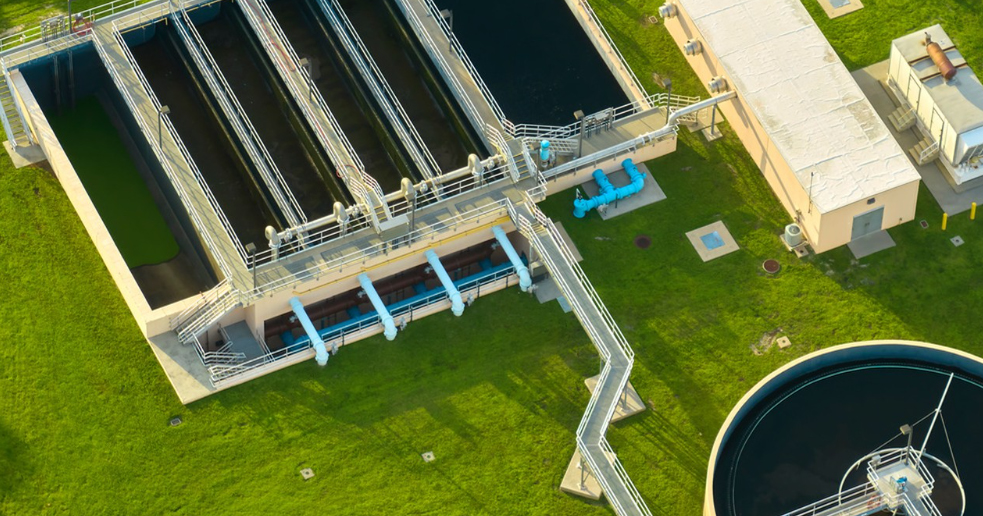The reason why it is difficult to remove the water in sludge essentially lies in the mutual repulsion of the negative charges on the surface of colloidal particles, forming a stable hydration layer. Dehydrating agents break this balance through a dual mechanism:
Charge Neutralization: Inorganic dehydrating agents (such as polyaluminium chloride and ferric trichloride) hydrolyze to produce positively charged polynuclear complexes, which neutralize the negative charges on the surface of sludge particles, weaken the electrostatic repulsion, and make the particles approach each other and aggregate.
Bridging and Adsorption: Organic polymer dehydrating agents (such as polyacrylamide, PAM) rely on their long-chain molecular structure to form adsorption bridges between sludge particles, gathering tiny particles into large flocs and releasing the encapsulated water.
II. Type Differentiation: Precisely Adapting to Diverse Scenario Requirements
According to the differences in composition and performance, sludge dehydrating agents can be divided into three categories:
Inorganic dehydrating agents, represented by aluminum salts and iron salts, have the advantages of low cost and fast flocculation speed, and are suitable for primary sedimentation sludge containing a large number of inorganic particles (such as sludge from steel plants and mines). For example, when ferric trichloride is used to treat printing and dyeing sludge, it can quickly form dense flocs. However, if the dosage is too large, it will increase the iron content in the sludge, affecting subsequent resource utilization.
The organic dehydrating agent polyacrylamide (PAM) is a typical representative, which is divided into cationic, anionic and non-ionic types according to the ionic type. Cationic PAM is suitable for sludge with high acidity or high organic matter content (such as sludge from food processing plants), and strengthens dehydration through charge adsorption; anionic PAM is more suitable for alkaline sludge (such as municipal sludge), which can improve the strength of flocs. Its dosage is only 1/10 - 1/20 of that of inorganic agents, and the water content of the mud cake after dehydration can be reduced to below 75%.
Composite dehydrating agents combine the advantages of inorganic and organic components. For example, in the "PAC + PAM" compound system, inorganic agents are first used to quickly aggregate particles, and then organic polymers are used to enhance the toughness of flocs. Emerging bio-based dehydrating agents (such as chitosan derivatives) have both dehydration and heavy metal adsorption functions, and are suitable for highly toxic industrial sludge (such as electroplating sludge).
III. Application Advantages: Double Improvement in Reduction and Economy
Efficiency Improvement: Taking municipal sludge as an example, the water content of sludge directly dehydrated without conditioning is about 85%. After adding 0.1% - 0.3% of cationic PAM, the water content can be reduced to 65% - 75%, and the dehydration time is shortened by more than 30%.
Cost Optimization: Although the unit price of organic agents is relatively high, the dosage is small and the dehydration efficiency is high, so the comprehensive cost is lower than that of traditional inorganic agents. A paper mill uses the combination of "polyaluminium ferric sulfate + anionic PAM", reducing the treatment cost per ton of sludge by 15% and the output of mud cakes by 20%.
Environmental Protection Upgrade: New dehydrating agents gradually eliminate highly toxic inorganic agents (such as aluminum sulfate), and biodegradable products such as polydimethyldiallylammonium chloride (PDMDAAC) have become the mainstream, reducing the risk of secondary pollution.
IV. Scenario Adaptation: Differentiated Choices in the Industrial Field
Municipal Sludge: Cationic PAM (with an ionicity of 30% - 50%) is preferably selected. In view of the high content of organic matter in sludge in summer, a small amount of oxidant (such as potassium ferrate) can be compounded to improve the dehydration performance.
Chemical Sludge: For sludge containing oil or refractory organic matter, a combined process of "demulsifier + dehydrating agent" is required. For example, for petrochemical sludge, calcium chloride is first used for demulsification, and then non-ionic PAM is added for dehydration.
Heavy Metal Sludge: Electroplating and metallurgical sludge require simultaneous stabilization treatment. "Sodium sulfide + polyaluminium chloride + anionic PAM" can be selected, which can convert heavy metals into inert sulfide precipitates while dehydrating.
The innovation and application of sludge dehydrating agents not only solve the dilemma of "difficult dehydration and high disposal cost" of sludge, but also lay the foundation for the resource utilization of sludge (such as anaerobic digestion and raw materials for building materials). With the advancement of the "dual carbon" goal, low-energy-consumption and multi-functional composite dehydrating agents will become the development direction of the industry, helping the sewage treatment industry to transform towards green circulation.












